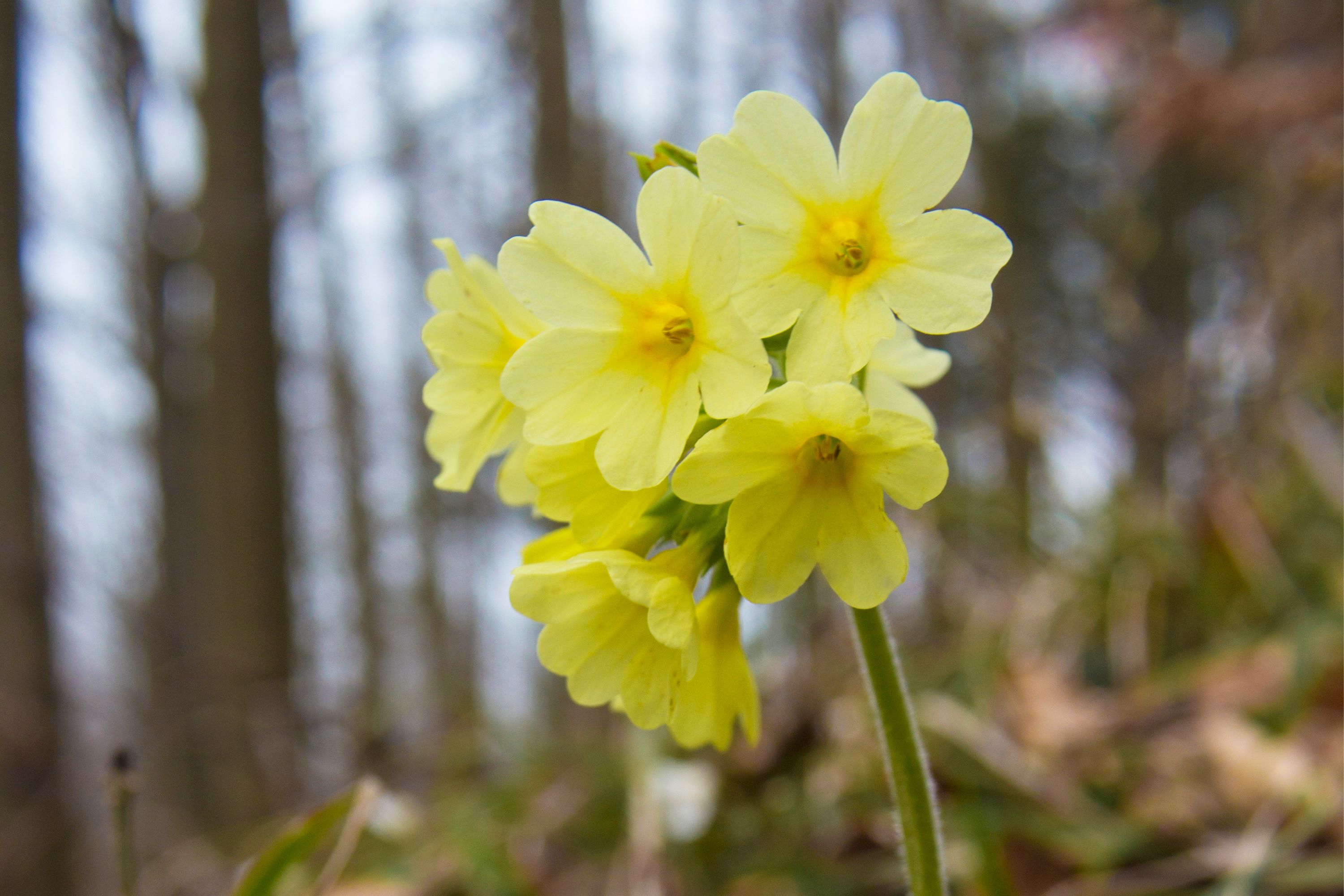Oxlip
(Primula elatior)

Description
Primula elatior, commonly known as the oxlip or the false oxlip, is a species of flowering plant in the family Primulaceae. It is native to Europe and western Asia and is widely cultivated as an ornamental plant. This plant has a long history of use in traditional medicine for treating a variety of ailments. In this article, we will provide a comprehensive overview of Primula elatior, covering its taxonomy, morphology, distribution, habitat, cultivation, medicinal uses, and conservation status. Taxonomy: Primula elatior was first described by the botanist Carl Linnaeus in his 1753 work, "Species Plantarum". The genus Primula is part of the family Primulaceae, which includes about 24 genera and over 800 species. Within the genus Primula, there are around 500 species, with Primula elatior being one of the most widely cultivated and popular. Morphology: Primula elatior is a perennial plant that typically grows to a height of 20-50 cm. It has a rosette of basal leaves that are oval to lance-shaped, with a wrinkled surface and a wavy margin. The leaves are typically 8-15 cm long and 2-4 cm wide. The flowers of Primula elatior are arranged in a dense, umbrella-shaped inflorescence. The individual flowers are yellow with an orange center and have five petals that are obovate to oblong in shape. The flowers are typically 1-2 cm in diameter and are borne on a tall, straight stem that rises above the basal rosette. Distribution and Habitat: Primula elatior is native to Europe and western Asia, where it is found in a variety of habitats, including damp meadows, woodland clearings, and riverbanks. The plant prefers moist, well-drained soils and partial shade. It is most commonly found in central and northern Europe, including Scandinavia, Germany, and the United Kingdom. Cultivation: Primula elatior is widely cultivated as an ornamental plant and is prized for its showy flowers and attractive foliage. It is a hardy plant that is easy to grow, and it thrives in cool, moist conditions. It is best planted in partial shade, although it can tolerate full sun in cooler climates. The plant prefers a soil that is rich in organic matter and has good drainage. It is also important to keep the soil consistently moist, but not waterlogged. Primula elatior can be propagated by division or by seed. Division is best carried out in the spring or autumn, while seed can be sown in the autumn or early spring. Medicinal Uses: Primula elatior has a long history of use in traditional medicine for treating a variety of ailments. The plant contains several biologically active compounds, including saponins, flavonoids, and phenolic acids, which are believed to be responsible for its medicinal properties. The root of the plant has been traditionally used to treat respiratory infections, coughs, and bronchitis. It is also believed to have diuretic properties and to be useful for treating urinary tract infections. The leaves and flowers of Primula elatior have been used to make a tea that is believed to have a calming effect and to be useful for treating anxiety and insomnia. Conservation Status: The conservation status of Primula elatior is assessed as "Least Concern" by the International Union for Conservation of Nature (IUCN). This means that the species is not currently considered to be at significant risk of extinction. However, the plant's natural habitat is under threat from habitat destruction and fragmentation, and in some areas, the plant is also threatened by over-collecting for use in traditional medicine or for the horticultural trade. Conservation efforts are necessary to ensure the long-term survival of this species.
Taxonomic tree:







